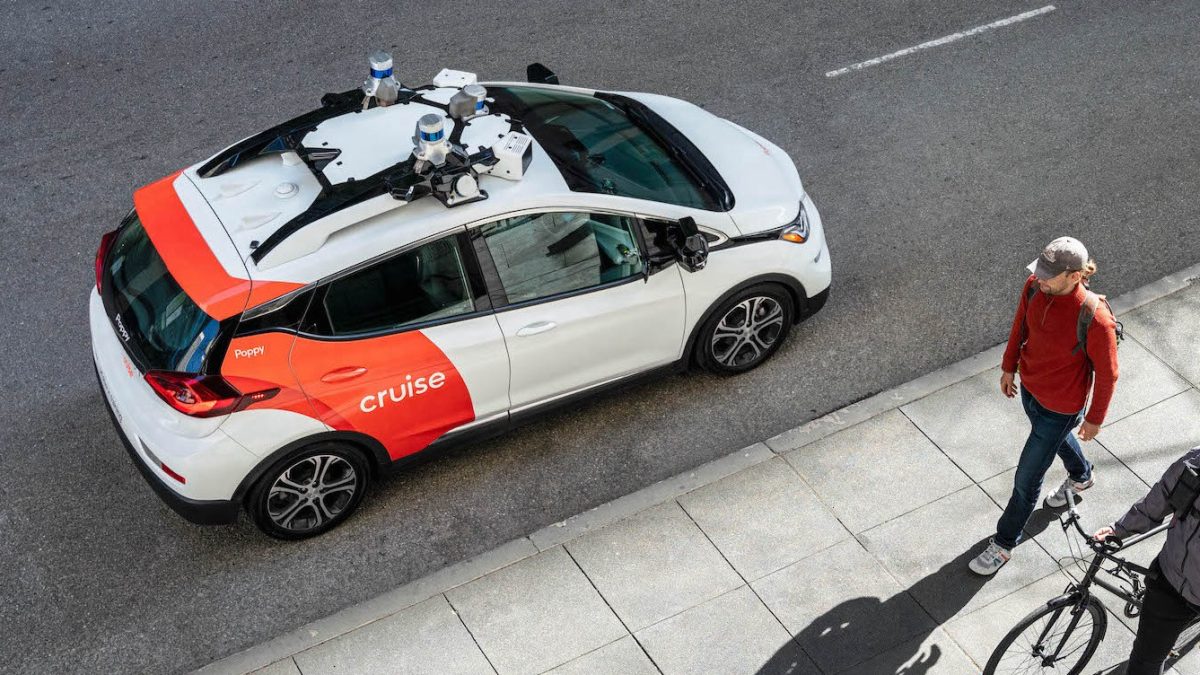Shanghai will launch a public testing programme for its driverless taxi services as soon as next week, marking a step forward in the city’s pursuit of intelligent and connected autonomous vehicle applications.
Shanghai officially issued the first permits for demonstration applications of the driverless vehicles to four companies on July 4. Over the past two weeks, autonomous driving companies have been preparing and fine-tuning their systems before initiating public testing, which will be free of charge to citizens.
The designated testing area for the driverless taxi pilot programme spans 68 sq km in Shanghai’s Lin-gang Special Area in Pudong. Through a dedicated mini programme on WeChat, users can locate and access designated pickup points marked with an “R” symbol.
Unlike the fully autonomous model currently operating in Wuhan, Hubei province, Shanghai’s approach to the pilot programme involves a safety operator in the front passenger seat of each car to respond to emergencies.
Once aboard, passengers can input the last four digits of their phone number on the vehicle’s onboard computer, fasten their seat belts and tap the “depart” button to commence their journey.
In the rear cabin, passengers can view the driving route and monitor real-time traffic conditions, while also having access to a suite of amenities, including air-conditioner control and entertainment options.
Early user experiences during the testing phase have been positive, with passengers reporting that they were highly impressed by the vehicles’ ability to navigate challenging scenarios such as identifying roads without lane lines and manoeuvring through narrow and sloping paths.
It was also found that the vehicles’ algorithms prefer infrequent lane changes throughout the journey, prioritising a smooth ride experience.
“Currently, the vehicles can handle over 90% of urban scenarios, making them even safer than novice human drivers,” said Chen Guofa, an official at SAIC AI Lab, one of the companies involved in the programme, to local media.
“For the remaining scenarios, such as congestion or ambiguous traffic rules, we’re developing improved game theory algorithms to ensure appropriate responses, rather than always yielding or remaining stationary in heavy traffic.”
Chen said the initial public testing phase will involve five vehicles, with plans to gradually introduce more models and expand the fleet based on the performance of the driverless taxis during the trials. — China Daily/ANN


